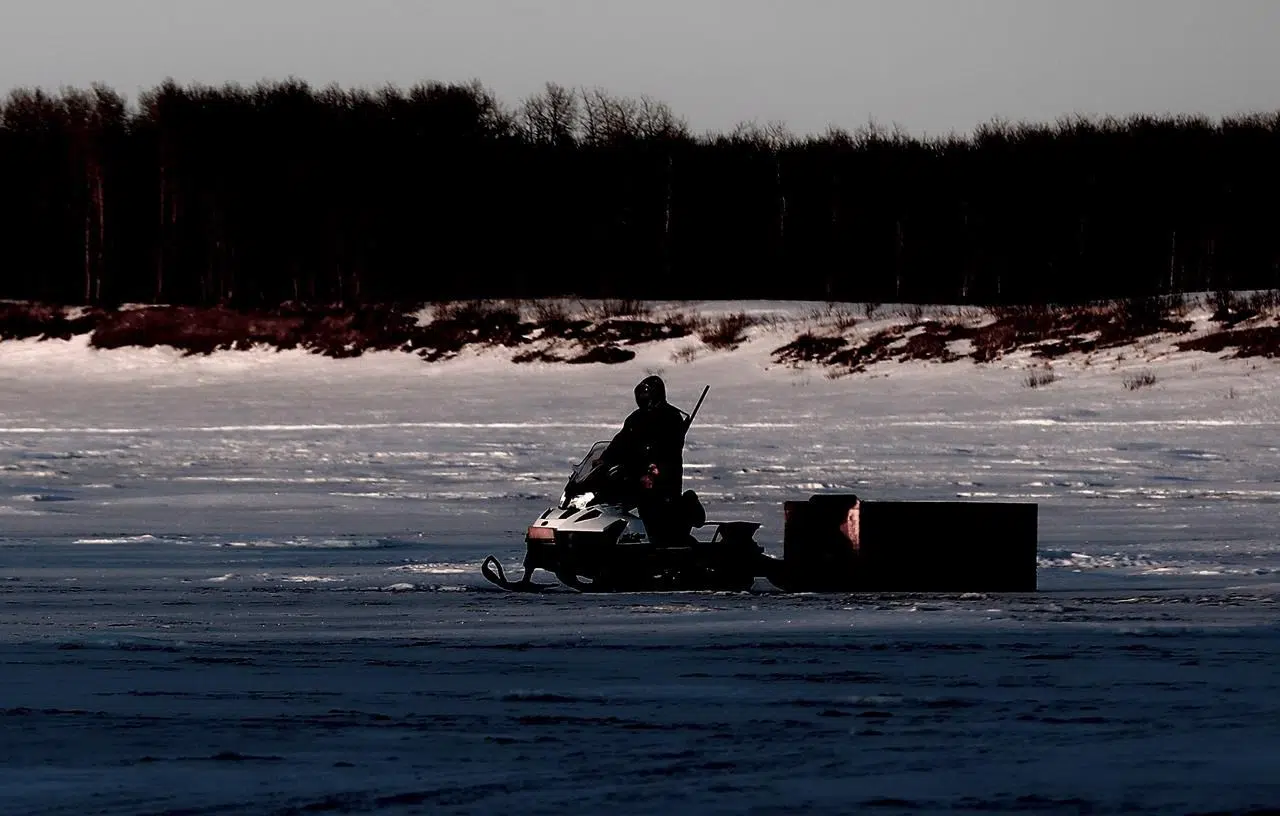
The top of Ontario: Isolated Fort Severn tries to chart its own course
FORT SEVERN, Ont. — You can’t get much further from the carpeted corridors of power in Ontario’s capital city without stepping onto the frozen waters of Hudson Bay.
This is Fort Severn, Ontario’s most northerly community, a mostly Cree town of 463 souls perched along the end of the 1,000-kilometre-long Severn River. Here in the Hudson lowlands on the very edge of the treeline, where the muskeg heaves with the seasons and good land is gold, roads can turn from rock hard to boot-squelching mud within hours.
This remote nook of the province is connected to the rest of world by small plane weather permitting, a once-a-year barge full of supplies loaded about 800 kilometres away in Moosonee, Ont., or via what is billed as the world’s longest ice road, which joins Gillam, Man., in the west to Peawanuck, Ont., about 700 kilometres to the southeast.
As Neil Young plays via satellite radio in his truck and a frigid north wind whips off the frozen bay, Lawrence Bluecoat, who says he’s around 42, laments the passing of the days when the community roamed a huge territory in pursuit of migratory birds and caribou and the fact that “spoiled” young people can’t speak proper Cree.


